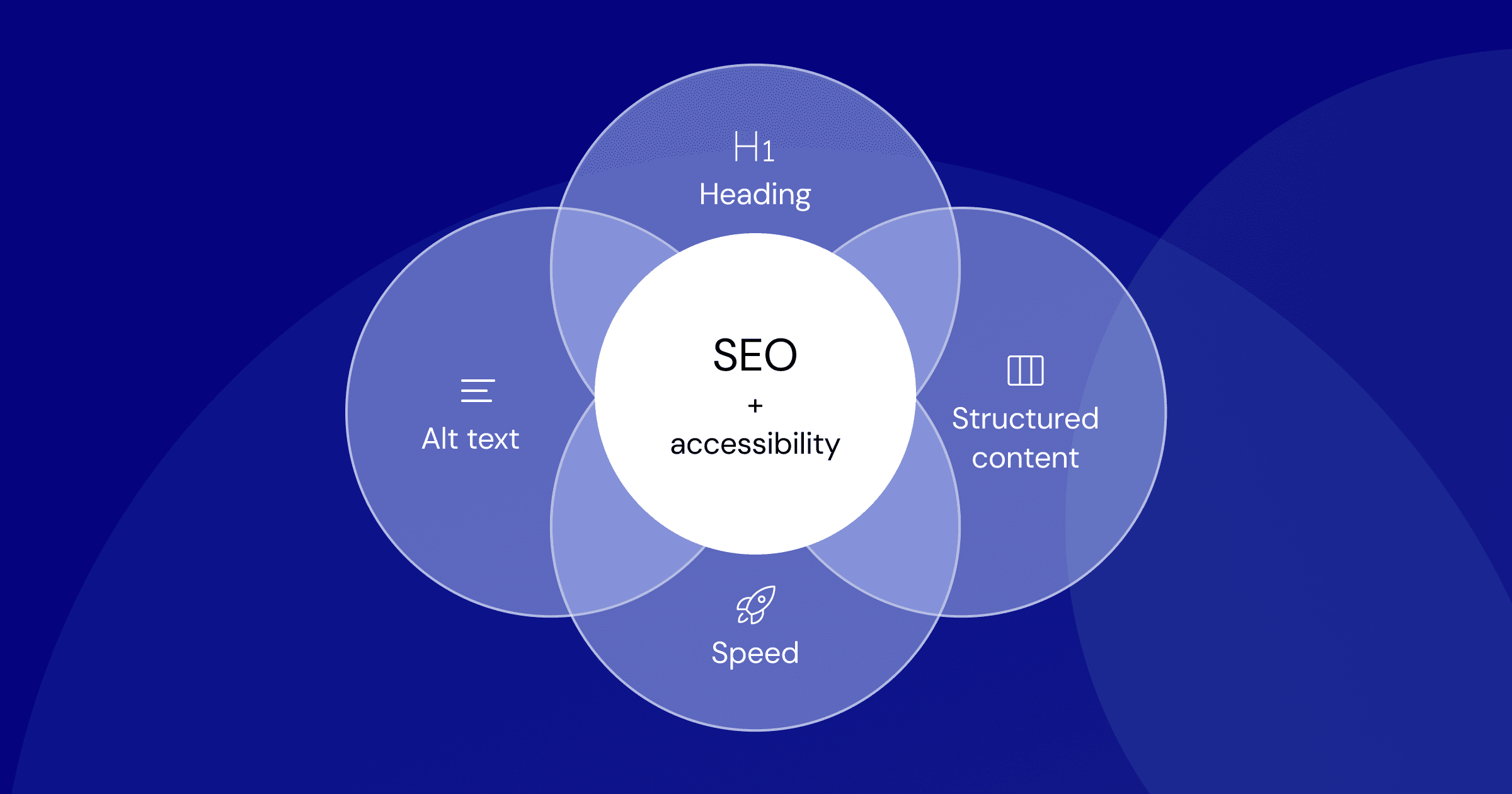Retail Media's Ascendancy: Set to Overtake TV Ad Spend by 2026
By Penelope Davies • November 11, 2025 • 7 min read • 63 views

Retail Media's Meteoric Rise: Surpassing TV Ad Spend in 2026?
It’s no longer a question of if retail media will dominate advertising, but when. New projections indicate that retail media ad spend is on track to not only grow substantially but also surpass the combined investment in linear and streaming TV advertising by 2026. This seismic shift in media allocation signals a profound evolution in how brands reach consumers, driven by data, proximity to purchase, and immense scale.
WARC Media's latest forecasts paint a compelling picture: global advertising investment in the retail media channel is expected to hit $174.9 billion this year. That's a significant 13.7% year-on-year increase. But the real kicker? The growth doesn't stop there. For 2026, the channel is projected to climb another 12.4%, reaching an astounding $196.7 billion. To put that in perspective, this figure is poised to eclipse the combined spend on linear and streaming TV. This isn't just a trend; it's a fundamental reallocation of marketing budgets, a testament to the power of commerce-driven advertising.
The Data Driving the Retail Media Boom
The numbers are staggering and tell a clear story. Retail media networks, powered by e-commerce giants like Amazon, Walmart, and Target, have become potent advertising platforms. They offer brands the unique ability to target consumers with precision, leveraging vast amounts of first-party purchase data. This proximity to the point of sale is invaluable, allowing for campaigns that drive immediate consideration and conversion.
Consider these key figures:
- •Current Year (2025): Retail media ad spend is projected to reach $174.9 billion. This represents a 13.7% increase from the previous year.
- •Projected for 2026: Spend is expected to surge to $196.7 billion, marking a 12.4% growth rate.
- •Overarching Projection: By 2027, total investment could surpass $200 billion.
This continued significant growth highlights the unstoppable momentum of the sector. While the growth rate might moderate slightly in the coming years, the sheer volume of investment is set to redefine media planning. It's a clear indication that marketers are prioritizing channels where they can access rich consumer data and influence purchasing decisions directly.
Why Retail Media is Capturing Marketer Attention
What’s fueling this unprecedented growth? Several factors converge to make retail media an increasingly attractive proposition:
- •Rich First-Party Data: Retailers possess invaluable data on what consumers actually buy. This level of insight allows for highly granular targeting that other platforms struggle to match. Marketers can reach shoppers based on their past purchase behavior, brand affinities, and even intent signals.
- •Closed-Loop Measurement: The ability to directly link ad spend to sales is the holy grail for many performance marketers. Retail media platforms often provide robust measurement capabilities, showing return on ad spend (ROAS) with a high degree of confidence. This closed-loop system simplifies attribution and demonstrates tangible business impact.
- •Point-of-Purchase Proximity: Advertising where consumers are planning to buy creates a powerful advantage. Whether it's on a retailer's website, app, or in-store digital screens, these placements capture attention at the most opportune moment, reducing friction in the path to purchase.
- •Growing Inventory and Sophistication: Major retailers are continually expanding their ad offerings. From sponsored product listings and display ads on e-commerce sites to programmatic video and even digital out-of-home (DOOH) screens within physical stores, the inventory is diverse and growing. Their platforms are also becoming more sophisticated, offering advanced targeting and creative options.
These advantages translate into tangible results. Brands using retail media are seeing significant uplifts in sales and market share, often attributed to the platform's ability to connect advertising directly to revenue.
Navigating the Retail Media Landscape
With this massive shift underway, marketers need to adapt their strategies. Ignoring retail media is becoming an increasingly risky proposition. So, what should brands be doing?
- •Prioritize Retail Media Partnerships: Assess your key retail partners and evaluate their media capabilities. Start by allocating a portion of your budget to test and learn on these platforms.
- •Leverage First-Party Data: Understand how to effectively use the data provided by retailers. Develop segmentation strategies that align with shopper behavior on their platforms.
- •Focus on Performance Metrics: Embrace the measurement capabilities of retail media. Track ROAS, conversion rates, and incremental sales to prove the value of your investments.
- •Diversify Your Mix: While retail media is booming, it shouldn't be the only focus. Continue to invest in other channels that build brand awareness and long-term equity, working in tandem with performance-driven retail media campaigns.
The rise of retail media isn't just about one channel outperforming another; it signifies a fundamental shift in the advertising ecosystem. As consumers increasingly shop across both online and offline channels, brands that can effectively integrate advertising with the shopping journey will undoubtedly gain a significant competitive edge. The question for marketers now is: Are you ready to meet consumers at the point of purchase?
The Future: Integrated Commerce and Contextual Relevance
Looking ahead, the lines between commerce, content, and advertising will continue to blur. Retail media networks are evolving beyond simple ad placements. We’ll see more sophisticated integration of shoppable content, AI-driven personalization, and immersive experiences directly within the retail environment. The ability to understand consumer intent and provide contextual relevance at scale is what makes retail media so powerful, and this capability will only deepen.
This surge in retail media represents more than just a shift in ad spend; it’s a reflection of evolving consumer behavior and the increasing importance of data in driving marketing effectiveness. Brands that embrace this new reality will be well-positioned for growth in the years to come.
About Penelope Davies
Penelope Davies analyzes AI's impact on marketing strategies for Social Media Marketing News. With a decade in digital insights, she deciphers how emerging technologies shape content and brand engagement.
